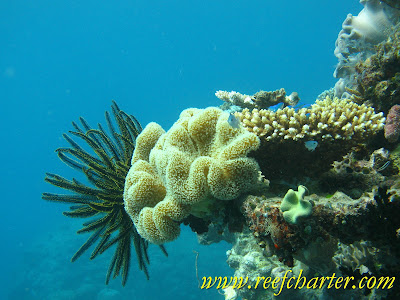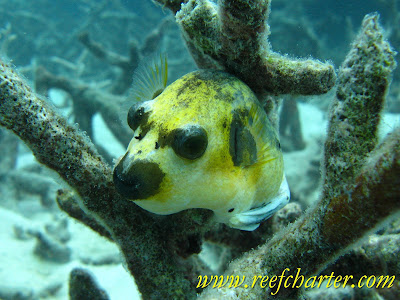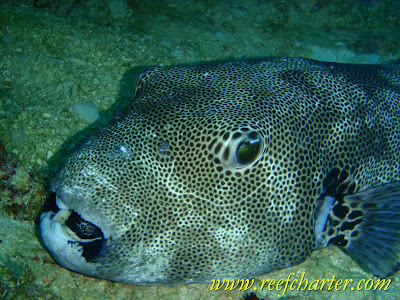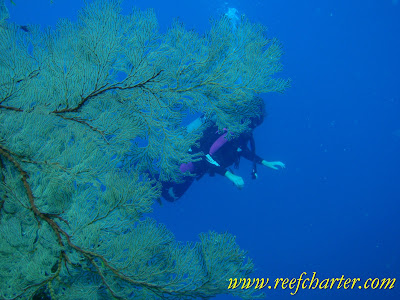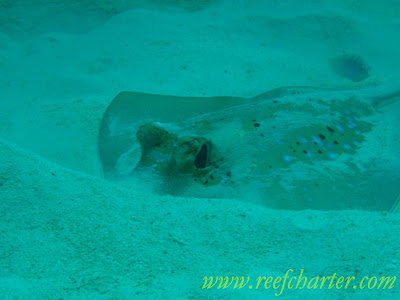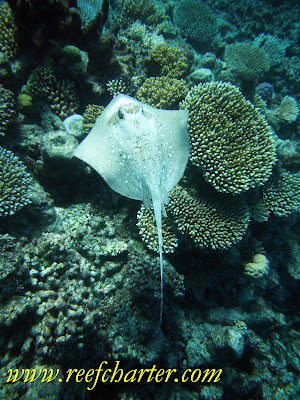.
Feather Stars (Scientific Family: Crinoids) are one of the most peaceful and beautiful starfish. They are a common and fantastic sight on the Great Barrier Reef. There are over 1800 species of starfish globally living in the shallowest waters down to 6000 meters (20000ft) deep. Feather stars make up only just over 500 species of the entire starfish family.
The feather starfish use this arms to filter the food from the passing currents and then pass it down to there mouth. Very different from the traditional starfish that feeds from the bottom and moves along the ground to feed. The feather star has “feet” called cirri that is uses to append itself to fan coral, or other perches where it can feed from a nice passing current.
They also have many more then the traditional 5 arms associated with a starfish. The amount of arms depend on the species and health of the starfish, most species have around 20 arms while some can have over 200. These arms are covered with a sticky substance which it uses to help catch the passing food and pass it down the stars mouth. It is important not to handle these stars as you can severely disrupt their feeding if they are man-handled.
What eats these starfish, well most fish leave them alone. Maybe they are too peaceful, beautiful or graceful to eat?
They breed by releasing sperm and eggs into the surrounding water. The eggs hatch to produce a larva that after a few days float down to the ocean floor or reef where it undergoes a metamorphosis to the adult form.
.
